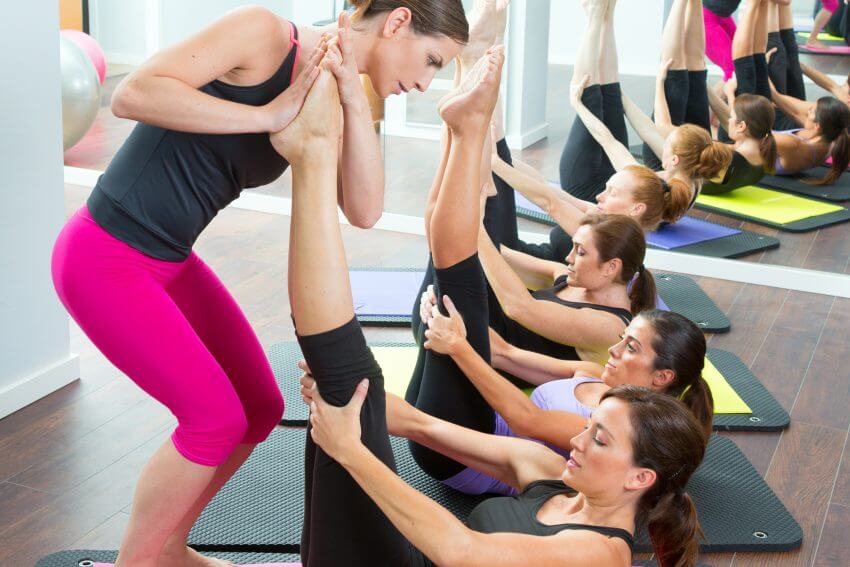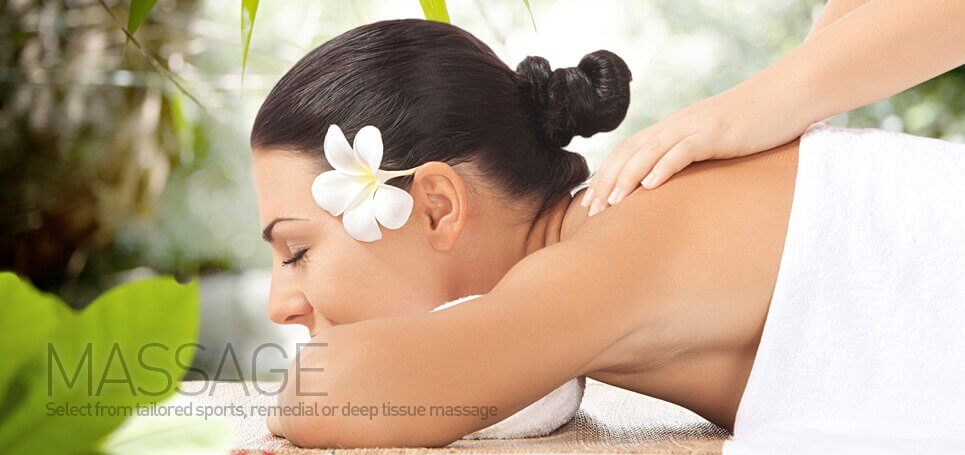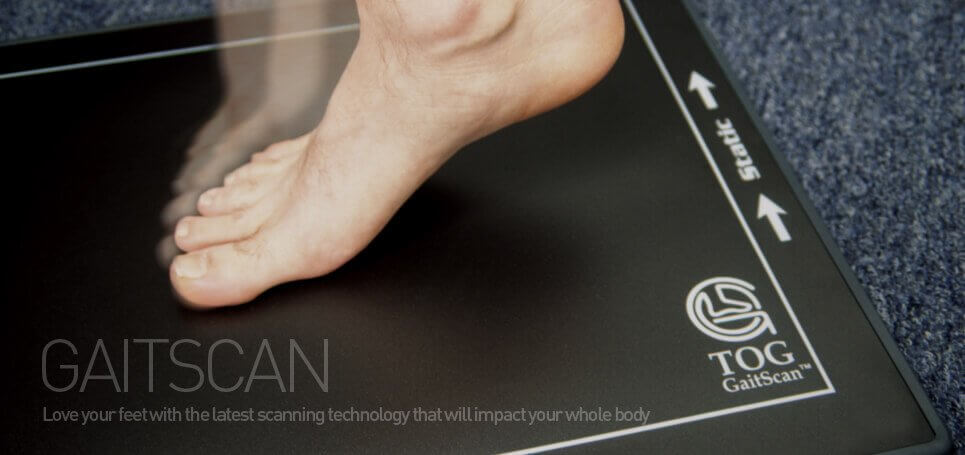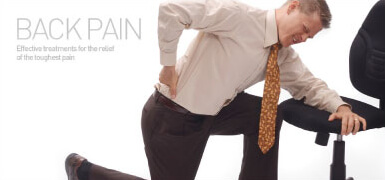SPORTS PHYSIO
At Pro-fit Physio, we believe
preventing sports injuries is
worth a pound of cure.
Our experts are always advising
the clients to implement and fine-tune
preventive strategies like:
- warming up the muscles,
- wearing protective gear,
- employing the correct techniques,
- and taking breaks when necessary.
Ask our physiotherapists how they can help you
Rehabilitation of Sporting Injuries
For some people like the pro athletes, playing sports is a passion. Others take part in sports as it rejoices them and keeps them physically and mentally active. Whatever the reason may be, playing sports comes at the cost of musculoskeletal injuries, i.e. injuries to the muscles, bones and the attached tissues. Even the most trained athletes sustain sporting injuries despite all the preventive measures. In such cases, getting your condition diagnosed on time with subsequent sports physiotherapy program can reduce the risk of further damage and save the day. Your doctor may also do an X-ray to exclude the possibility of fracture or dislocation.
While it’s important to see your doctor immediately, mild sports injuries can be treated at home. The most popular yet effective method is “RICE,” which stands for Rest, Ice, Compression (by wrapping a bandage around it), and Elevation (above the heart level). Over-the-counter painkillers and anti-inflammatory agents also help relieve the inflammation and pain.
If inflammation is severe, your doctor may recommend arthroscopy, which is a surgical procedure to view, detect, and treat injuries within a joint. Even more severe cases will warrant a reconstructive surgery.
Rehab of a sporting injury
'Hands-on' technique
Hands-on technique like sports, deep tissue or remedial massage can curb muscle pain and stiffness, restore flexibility and range of movement, speed up the healing process, and optimise your sports performance. Massage also has a potential to lower the levels of stress hormones while releasing the “feel good” brain chemicals at the same time. This reflexively enhances your mood, which reduces pain.1
Taping
Kinesio tape (k-tape) is an elastic adhesive tape stretched over the injured area with the purpose of rehabilitation and recovery. It yields excellent results for various sporting injuries, including but not limited to sprains (in particular ankle sprains), joint instability or deformity. Where applied, the Kinesio taping activates some receptors and nerve endings, stimulates blood flow to the damaged tissues as well as minimises fluid-buildup without limiting the range of motion. This significantly reduces pain and hastens recovery.3
More interestingly, the stimulated nerve endings as a result of taping help promote your joint proprioceptive sense, which tells your brain where exactly your limbs are positioned at a given point in time.2 This, in turn, improves joint stability and cut your chances of incurring re-injury after returning to sports.
Bracing
Braces are supports that prevent your bones and ligaments from moving, thereby minimising pain and speeding recovery. They also provide some degree of compression and help curtail swelling.
Rehabilitative exercises
After the symptoms of acute injury subside and the recommended relative resting period is over, the physiotherapist will start working with you on sports injury physio program to improve your range of motion. Because weakened muscles, joints, or soft tissues greatly increase your risk of future injury, the next step would be teaching you a series of exercises to build the strength in the weakened tissues. The aim is to prep your body to get back in the game.
During each session, the therapist will evaluate your joint structure, function, and muscle strength before allowing you to embark on strenuous physical exercise. Full recovery time will depend on the severity of the injury.
Rehabilitation from surgeries like arthroscopy and reconstructions warrants complete recovery of the injured tissues before resuming sports. With proper rehab, you can return to sports within four to six weeks after surgery.4
Additional modalities for sporting injuries
Our therapists also use transcutaneous electrical nerve stimulation, ultrasound therapy, and heat/cold therapy to address some concerns.
Common sporting injuries
1. Joint Sprain
A joint sprain is a torn ligament often caused by a sudden fall, twist, or blow to your joint. A ligament is a tough, elastic band of tissue that connects one bone to another. It helps support a joint, but when pulled beyond its limit, the ligament can tear. Although ankles, knees and wrists sprain too often, shoulder and finger injuries are also not uncommon in sports.
2. Muscle Strain
A strain is an overstretching or tearing of the muscle. Muscle strains are most common in the hamstrings (muscles in the back of your thighs), calf muscles, and quadriceps (the front thigh muscles). These muscles can be damaged during high-impact sports that involve their use like running, jumping, race walking, sprinting, playing football, soccer, or basketball. Dancers are also prone to hamstring injuries due, in part, to the intense stretch of the hamstring muscles.5 While mild sprains and strains can be treated with the RICE technique and anti-inflammatory pills, more severe cases will require an arthroscopy or even a reconstructive surgery.
3. Tendon injuries
Tendon injuries most often occur close to the joints. Tendons are fibrous cords that attach muscles to bones. As the muscles contract, the tendons transmit the forces to the bones and cause your joint to move. Statistics show that certain tendons are more prone to injuries such as the rotator cuff tendons of the shoulder, elbow tendons, the patellar tendon of the knee joints, and the ankle’s Achilles tendon. A damaged tendon is extremely painful and will often require longer periods of rehab to heal completely.
4. Overuse injuries
An overuse injury is due to repetitive stress (micro-trauma) to the bones, tendons, and joints. If the tissues are unable to adapt to the mechanical demands placed on them, they become prone to injury. Unlike sprains and strains that occur suddenly, overuse injuries evolve over time. Common types of overuse injuries include shin splints, stress fractures, jumper’s knee, tennis elbow, Achilles tendinitis, and swimmer’s shoulder.
Open Academic References List
- Brummitt J. The Role of Massage in Sports Performance and Rehabilitation: Current Evidence and Future Direction. North American Journal of Sports Physical Therapy : NAJSPT. 2008;3(1):7-21.
- Seo H-D, Kim M-Y, Choi J-E, et al. Effects of Kinesio taping on joint position sense of the ankle. Journal of Physical Therapy Science. 2016;28(4):1158-1160. doi:10.1589/jpts.28.1158.
- Pysny L, Pysna J, Petru D. Kinesio Taping Use in Prevention of Sports Injuries During Teaching of Physical Education and Sport. Procedia - Social and Behavioral Sciences. 2015;186:618-623.
- Kim S-G, Nagao M, Kamata K, Maeda K, Nozawa M. Return to sport after arthroscopic meniscectomy on stable knees. BMC Sports Science, Medicine and Rehabilitation. 2013;5:23. doi:10.1186/2052-1847-5-23.
- Heiderscheit BC, Sherry MA, Silder A, Chumanov ES, Thelen DG. Hamstring Strain Injuries:
Recommendations for Diagnosis, Rehabilitation and Injury Prevention. The Journal of orthopaedic and sports physical therapy. 2010;40(2):67-81. doi:10.2519/jospt.2010.3047.




